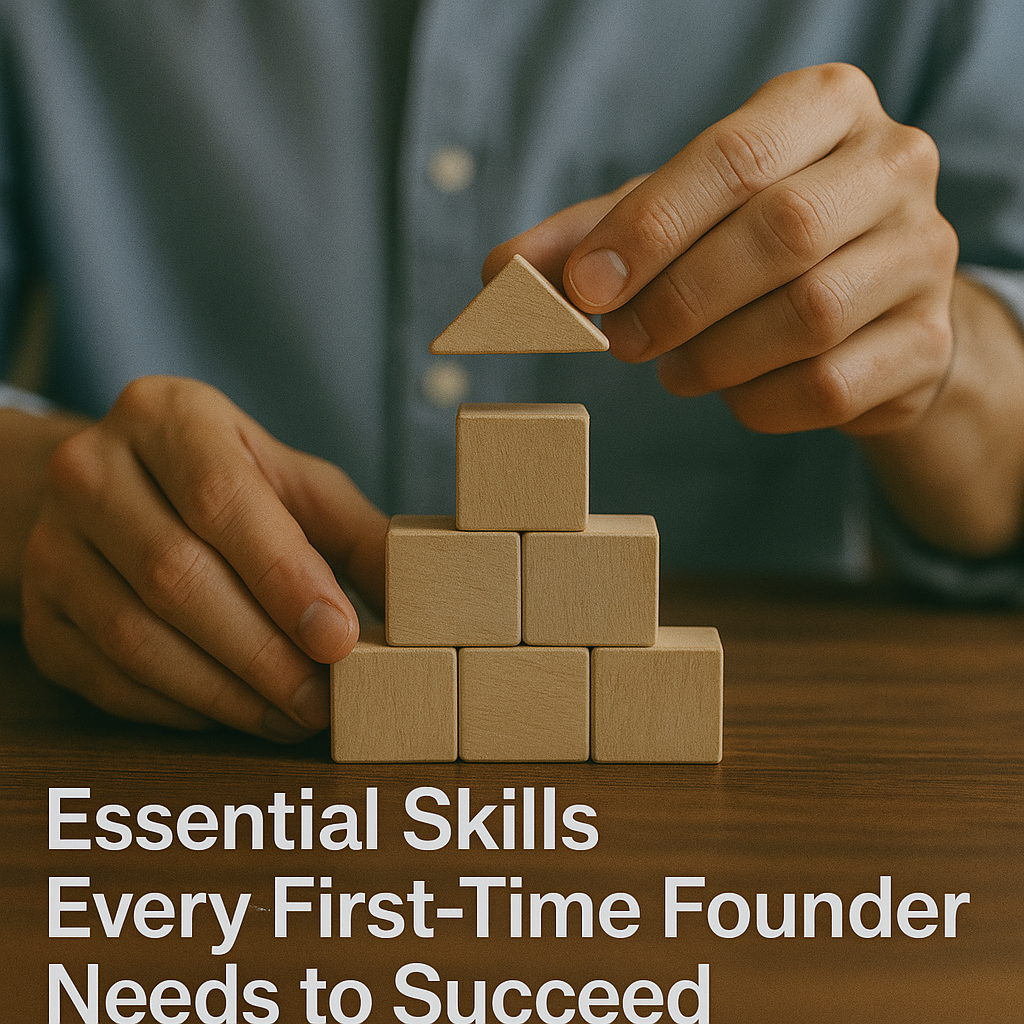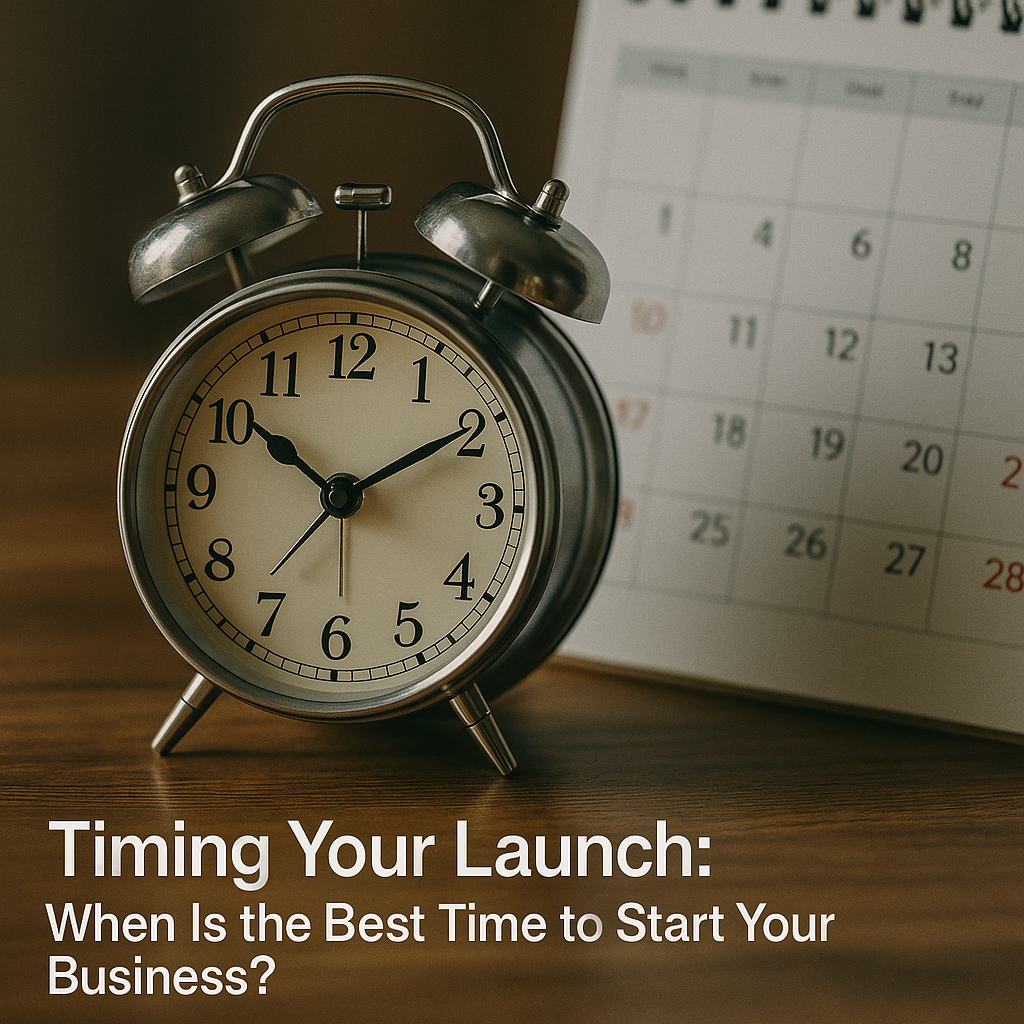Entrepreneurs and small business owners face critical decisions that shape their company’s future. One major issue is choosing between building a remote team, relying on on-site recruitment, or combining both to boost business capabilities. As digital tools and flexible work practices become the norm, it’s essential to understand the pros and cons of each model. In this article, we explore the benefits and challenges of remote versus on-site work and provide actionable insights and integration tips to help you make the best decision for your business.
Determining Your Business Needs
Understanding your business’s core functions and workforce requirements is the first step. For companies that thrive on in-person collaboration and teamwork, having everyone in one location may be the best choice. On the other hand, remote work offers the flexibility to attract top talent from across the globe. Your decision will depend on your industry demands, business nature, and the day-to-day tasks your employees perform.
One key advantage of a remote workforce is the ability to access a vast talent pool without geographic limitations. By using remote vs on-site recruitment strategies, you open your search to diverse perspectives that local hiring alone might not capture. However, on-site hiring can enhance workplace culture, especially for roles that require hands-on collaboration and close oversight.
Before selecting a workforce model, evaluate the specific challenges of your industry. In sectors sensitive to security, data protection, or intensive customer service, an on-site environment might be more beneficial. Conversely, industries that encourage creativity and flexibility may flourish with a diverse, dispersed team.
Maximizing Talent with Strategic Recruitment
Recruitment strategy plays a vital role in unlocking the potential of your workforce. A deliberate approach to remote vs on-site recruitment sets the foundation for business success. By identifying the skills required for each model, you can implement best practices for building either a remote or on-site team.
Remote candidates are often highly self-motivated and excel at managing projects independently, so look for strong time management and digital communication skills. Meanwhile, on-site candidates may thrive in environments that demand in-person interaction and spontaneous collaboration. For many businesses, a hybrid approach offers a balanced solution that leverages the strengths of both models.
Consider incorporating a mix of virtual interviews, on-site assessments, and trial projects to comprehensively evaluate candidates. Resources like Forbes provide valuable insights on modern hiring practices, demonstrating how recruitment strategies are evolving in today’s digital age.
Integration Tips for Remote and On-Site Workforces
Building a successful team goes beyond hiring the right individuals. Whether your team works remotely or on-site, fostering a culture of collaboration is essential. Effective integration tips can help your team work seamlessly and thrive as a unified group.
For companies adopting a hybrid model, establishing robust communication channels is crucial. Regular virtual meetings, digital messaging tools, and shared online workspaces can bridge the gap between remote and on-site members. Additionally, periodic in-person events can strengthen relationships and reinforce a shared company mission.
Implement structures that encourage feedback and continuous improvement. Regular surveys, one-on-one sessions, and team retreats provide employees with opportunities to voice concerns and suggest enhancements, bolstering morale and trust.
Investing in project management and collaboration software streamlines task coordination across different locations. Clear expectations and measurable goals help ensure accountability and alignment, whether your team is working remotely or on-site.
Resources like this business resource offer expert advice on balancing technology with personalized management to build a resilient workforce.
Balancing Flexibility and Structure in a Hybrid Environment
The rise of hybrid work environments challenges traditional organizational structures. Striking the right balance between flexibility and structure is key for integrating remote and on-site teams successfully. Flexible work models empower individuals with control over their schedules, while structured environments provide predictable routines and in-person support.
Innovative businesses blend these models by setting regular check-ins and core working hours that accommodate all team members regardless of their location. While remote work promotes autonomy, clear guidelines and expectations ensure that every employee stays aligned with company goals.
Using technology as a bridge rather than a barrier is essential. Collaborative tools like video conferencing, instant messaging, and cloud sharing platforms create a seamless flow of information. When remote and on-site employees share successes and challenges openly, mutual support and innovation thrive.
Best practices for building a remote versus on-site team include creating an environment that fosters creativity, embraces diversity, and ensures accountability. This may involve blending self-directed work schedules with structured timelines to keep projects on track.
Recognize that not every role fits strictly into remote or on-site categories. Some positions might require occasional in-person interaction, while others function perfectly remotely. Flexibility in this regard can offer a competitive advantage in innovative and fast-paced industries.
Consider the benefits of geographic diversity. Hiring globally brings a wealth of ideas and methods, though it may introduce challenges like time zone differences and language barriers. Strategic scheduling and cross-cultural training can turn these challenges into opportunities and enrich your overall business strategy.
Building a dynamic workforce is an ongoing process. As your business grows, your workforce model may need to evolve to meet changing industry demands. By regularly reviewing your integration strategies and investing in professional development, you can maintain agility, boost employee engagement, and prepare for future challenges.
Ultimately, the choice between remote, on-site, or hybrid work models should align with your company’s long-term goals. The objective is to create an environment where every employee is empowered to drive growth. Whether you’re refining your recruitment strategy or seeking better integration tips, focus on building a resilient workforce ready to excel in today’s dynamic business environment.
- Assess your business needs and industry challenges before choosing a remote or on-site model.
- Implement targeted recruitment strategies that leverage the strengths of both remote and on-site talent.
- Use robust communication channels and integration tips to maintain cohesion in a hybrid setting.
- Balance flexibility with structure to develop an adaptable, resilient workforce for future challenges.









